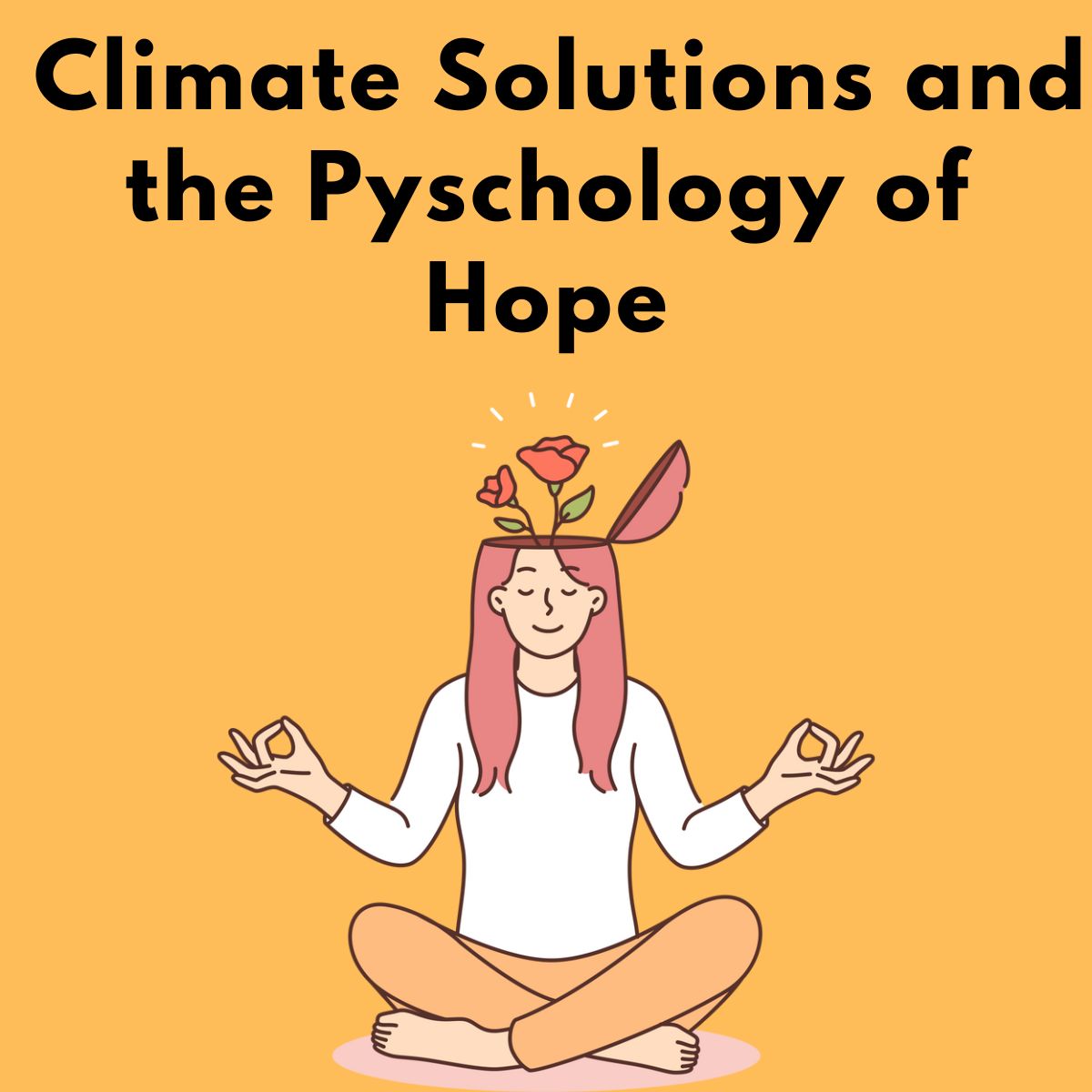
Amid the overwhelming challenges of climate change, cultivating hope is not naive—it’s necessary for survival and action. Research shows that hope is a critical psychological resource that fosters resilience, innovation, and sustained engagement. However, the kind of hope that sustains action must be grounded in reality, not wishful thinking. It must acknowledge the seriousness of the crisis while believing that meaningful change is still possible.
Hope is often misunderstood as passive optimism, but in the context of climate change, it’s a dynamic process. It involves setting achievable goals, identifying pathways forward, and maintaining the belief that efforts can yield results. Climate psychologists emphasize “active hope”—the idea that by taking steps, no matter how small, individuals and communities strengthen their belief in a livable future and inspire others to act.
Building this kind of hope requires intentional strategies. Sharing success stories about climate solutions, celebrating small victories, and emphasizing collective power rather than individual guilt are all critical. Educational programs that focus on what’s working, not just what’s broken, help counteract feelings of helplessness. Intergenerational collaboration—youth learning from elders and vice versa—can also foster a more hopeful and resilient climate movement.
Mental health professionals, educators, and activists have a crucial role in nurturing hope without denying reality. By balancing honesty with empowerment, and grief with possibility, we can foster a mental landscape where action thrives. In a world facing climate upheaval, hope is not a luxury—it’s a lifeline, rooted in courage, connection, and commitment to a better future.
Kanishka
